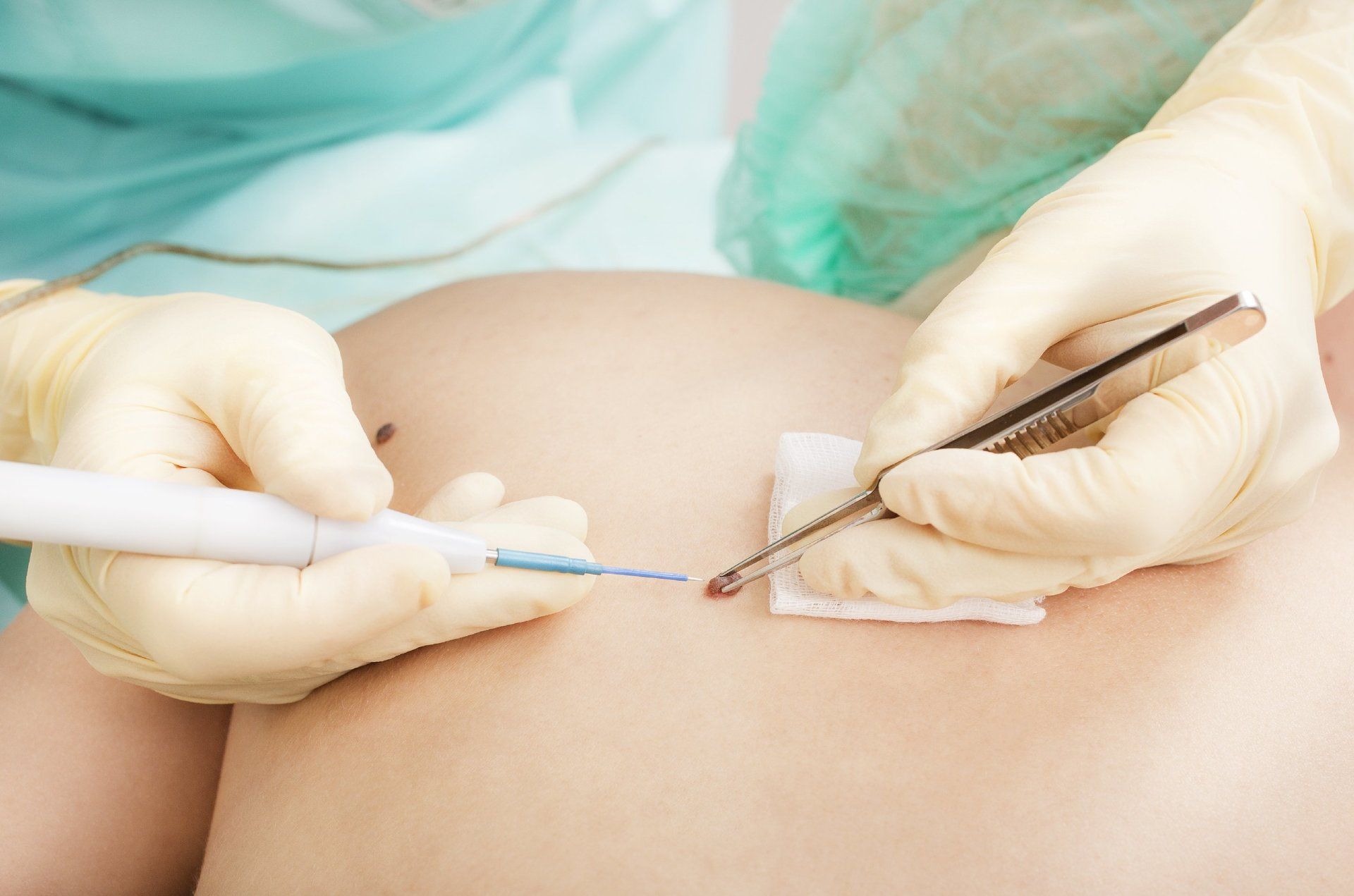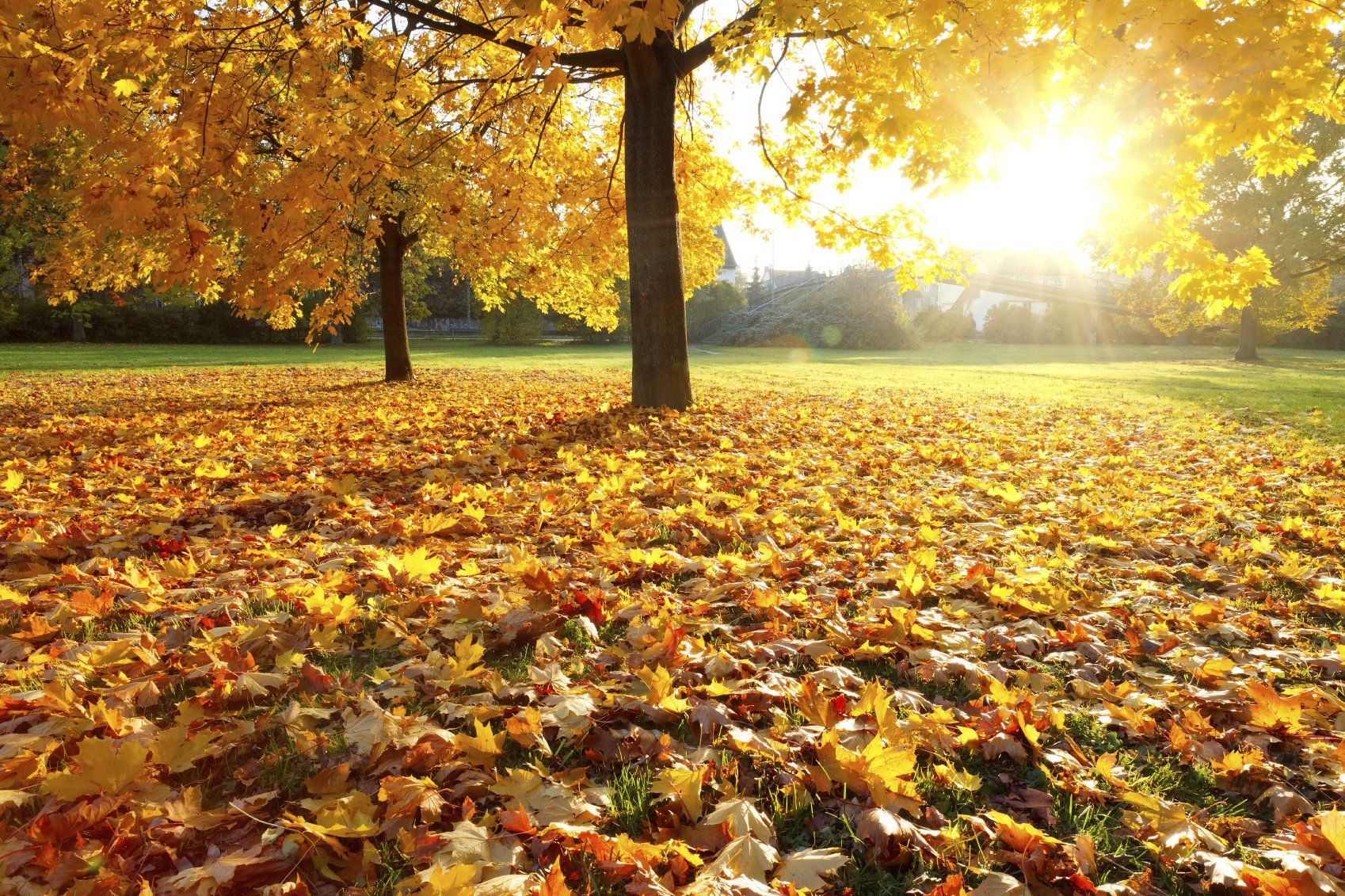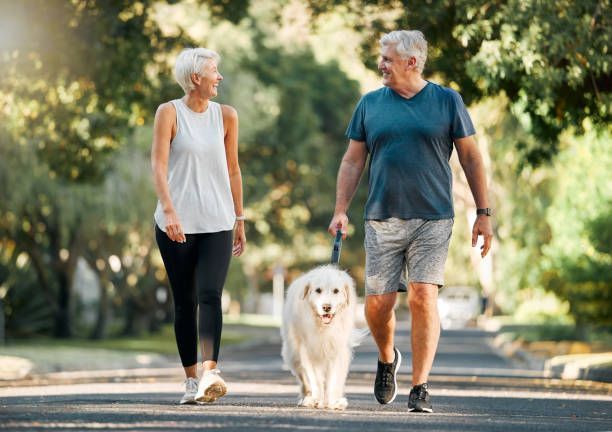Blog
Blog

15 Feb, 2024
A new study adds to mounting evidence that melanoma is being massively overdiagnosed, as detailed by an article from National Geographic. The study found that 65 percent of melanoma cases in white men and 50 percent in white women are in fact unnecessarily diagnosed. “I don’t think enough people understand the potential scope of how much melanoma is overdiagnosed. It’s quite alarming,” the study’s lead author Adewole Adamson, a dermatologist at Dell Medical School at the University of Texas at Austin, told National Geographic. “You’re catching tumors that never would have caused harm.” “Patients talk about their fear of dying, fear of the sun, fear of the cancer coming back. Some make drastic decisions about whether they are going to get married or have kids,” Adamson says. “We are harming a significant number of people.” Despite a significant increase in melanoma diagnoses, overall death rates from the disease have remained flat, indicating a potential problem of overdiagnosis rather than an actual epidemic. Research suggests that a majority of people are receiving unnecessary melanoma diagnoses, leading to unnecessary treatments, financial costs, scarring, and psychological distress for patients. Factors contributing to overdiagnosis include changes in dermatology conventions regarding the size of moles biopsied and pathologists’ tendencies to err on the side of caution to avoid malpractice lawsuits. Despite the lack of evidence supporting the effectiveness of regular skin cancer screenings for everyone, some organizations still advocate for annual skin checks. However, experts caution against routine screenings for asymptomatic individuals and emphasize the importance of self-examination and seeking medical evaluation for any suspicious skin changes. The article concludes with a call for honesty from dermatologists about the uncertainties surrounding full-body skin checks and the need for further research to determine the actual benefits of early melanoma detection. Source: International Smart Tan Network and National Geographic

19 Jan, 2024
Vitamin D May Help Prevent Cancer and Improve Outcomes Vitamin D has known anticancer effects, and much research has been published over the last several decades showing a link between vitamin D levels and cancer risk. Depending on the type of cancer, vitamin D alone can potentially reduce the risk of cancer by about 25% to 80%. A study of 658 Norwegian patients diagnosed between 1984 and 2004 with either breast cancer, colon cancer, lung cancer or lymphoma. Vitamin D levels were determined within 90 days of diagnosis, and subjects were followed until 2008. Researchers monitored for death. The analysis divided patients into four vitamin D groupings of roughly equal size and plotted survival over time for each of the different groups. The study found that the highest survival rate was achieved by the group with the highest vitamin D level, over 33 ng/ml (81 nmol/L). Approximately 22% more survived among the group with the highest vitamin D levels compared to those with the lowest. How Vitamin D Fights Cancer The active form of vitamin D, calcitriol, controls multiple pathways associated with the life cycle of the cell including those involved with reproduction, maturation and programmed death. Calcitriol regulates the production of a number of signals and growth factors at the genetic level. Some of the signals turned on by vitamin D stimulate growth, development, maturation and programmed cell death while other signals inhibit inflammation, prevent blood vessels from being made that can feed cancer cells, and stop the spread of the cancer to other parts of the body. Source: International Smart Tan Network

28 Dec, 2023
At-home holiday parties are on many people’s calendars right now, and germ-conscious hosts are faced with a dilemma: Should I require my guests to take off their shoes at the door, especially if the gathering is cocktail or formal attire. Is there significant evidence going shoeless stops the spread of germs in a home? “Absolutely,” said Gabriel Filippelli, chancellor’s professor for the department of Earth sciences at Indiana University-Purdue University Indianapolis and executive director of Indiana University’s Environmental Resilience Institute. “We can track in all sorts of bacteria, but certainly some of the ones we’re most concerned about are E. coli that cause severe abdominal cramps, bloody diarrhea and vomiting,” he said. “There’s been studies that swab the bottom of shoes and something like 99% of the shoes test positive for fecal material.” Content from CNN

15 Nov, 2023
Raking leaves is a quintessential fall activity, but some experts advise leaving the leaves instead. Leaving the leaves can help your lawn and reduce greenhouse gasses, according to the United States Department of Agriculture. Yard trimmings, which include leaves, created about 35.4 million tons of waste in 2018, according to the Environmental Protection Agency. Yard trimmings account for about 12.1% of municipal solid waste. Most of it was composted or mulched, but millions of tons of yard trimmings still make it to landfills. National Wildlife Federation naturalist David Mizejewski advises leaving the leaves on your lawn. "Fallen leaves offer a double benefit," Mizejewski said. "Leaves form a natural mulch that helps suppress weeds and fertilizes the soil as it breaks down. Why spend money on mulch and fertilizer when you can make your own?" Leaves left on your garden feed the microorganisms that are the life of soil. Decaying leaves add organic matter to the soil, which decreases the need for fertilizer, according to the USDA. Leaves also absorb rain and release the moisture into soil and plants as they decompose, according to Pennsylvania's Department of Environmental Protection. This improves yard health and it can help reduce runoff pollution in streams and rivers. Leaf cover also reduces soil erosion and regulates the temperature of the soil, according to New York City's Department of Parks and Recreation. Creating a habitat for animals Leaves left on your lawn also act as a habitat for lizards, birds, turtles, frogs and insects over the winter, according to the USDA. Leaf litter is also a food source for animals and used as nest material, according to the National Wildlife Federation. The animals increase pollination in your garden. They also can help keep pests down. Composting and mulching your leaves Experts advise using a lawn mower to chop up leaves where they fall. This will help them break down faster. The mulched leaves can be moved to vegetable or flower garden beds. The mulch can also be placed around trees. Shredded leaves are also a beneficial addition to compost piles. "If you want to take a step out of that process, you can also just leave the shredded leaves on your lawn as a natural fertilizer," according to the New Hampshire Department of Environmental Services. "This method works well as long as the leaves are not too deep or wet when they are mowed. Otherwise, you may end up with large clumps of shredded leaves that can choke out your grass." Is there any time when experts recommend raking leaves? There is an exception, according to the University of Wisconsin-Madison horticulture department. If your trees have serious foliar fungal diseases, you should be raking your leaves. "While most leaf spots on leaves are cosmetic and harmless to the overall health of the tree, fallen diseased leaves do serve as a source for spores that can infect next year's emerging leaves," according to a post from the school. "Significantly diseased leaves should be raked and removed from the area and disposed of properly, such as by burying, burning where allowed, or hot composting." Leaving too many leaves on your lawn does have the potential to hurt it, according to Sam Bauer, a turfgrass expert with the University of Minnesota. Excessive leaf matter on your lawn can smother grass. It can also inhibit growth in spring. Bauer wouldn't recommend allowing leaves to cover more than 10-20% of your lawn. Content from CBS News published November 5, 2023

01 Nov, 2023
You save a life. All animals at a shelter are in need of a second chance. They have been lost, given up or abandoned. They are all unwanted and helpless. You are giving them a new life in a loving home. You help break the cycle of pet overpopulation. There are not enough homes for all the animals that are born every year. Adopting from a shelter helps weaken the pet overpopulation cycle. Each year 8 to 12 million dogs, cats, puppies and kittens are euthanized because there are simply not enough homes for them. You help stop cruelty in mass breeding facilities. Throughout the country, thousands of commercial pet-breeding facilities and backyard breeders produce millions of animals for sale in pet stores and through newspaper ads. Often known as puppy and kitten mills, these facilities repeatedly impregnate female dogs that spend their entire lives in cages without human companionship. These unfortunate animals are often in intolerable environments, forced to produce litter upon litter, and are destroyed after they become unprofitable assets. Adopting a shelter animal means you don’t support such cruel practices. You take advantage of adopting an adult animal. Adult pets are great! Often they are already housetrained and some can even “sit” or “stay.” You won’t have to deal with the “puppy phase” or the “kitten phase” which means less of that youthful energy such as biting, chewing, clawing, etc. You will be able to see the personality of the adult animal and won’t have to wait to see what you get. You get a lifetime resource with shelter employees and volunteers. People who work at the shelter will be a great resource to help you find information or resources for your pet. Staff members work with animals every day and have a wealth of information on many different issues. You choose from a great selection of animals. S helters offer a variety that you won’t find anywhere else. They have specific breeds and also the greatest mutts you’ll ever find. Thousands of animals come through their doors every year! You adopt a pet who has received good care. Upon arrival to a shelter the animals are given vaccinations and go through a behavior screening process. You support a valuable charity and community institution. Sadly, every community in America requires an animal shelter. When you adopt a pet from a shelter, you assist a not-for-profit organization, but also send a message to others who will be asking you for years to come where you obtained your adorable pet. Shelters improve the community by mandating that adopted animals be spayed or neutered. This requirement diminishes chances that more unwanted animals will enter the world. You pay less. Low adoption fees (which cover a portion of the shelter’s costs) are much less than the cost of purebred puppies or kittens sold for profit. You encourage others to adopt animals from shelters. When your friends ask where you got your amazing pet, you can tell them “at the shelter.” Your adoption may encourage others to do the same. Content from Humane Society, Inc

27 Sep, 2023
It’s no secret that everyone looks and feels a little sexier with a nice tan. But that’s apparently not the only way sunshine can improve your sex life. Exposure to bright lights, similar to sunlight, tripled reported sexual satisfaction in men by increasing testosterone production in a study from the University of Siena in Italy. “The increased levels of testosterone explain the greater reported sexual satisfaction,” wrote lead researcher Professor Andrea Fagiolini. “In the northern hemisphere, the body’s testosterone production naturally declines from November through April, and then rises steadily through the spring and summer with a peak in October. You see the effect of this in reproductive rates, with the month of June showing the highest rate of conception. The use of the light box really mimics what nature does.” Thirty-eight men diagnosed with low libidos participated in the study, where half were administered daily doses of bright light and the other half were exposed to a non-therapeutic level of light. After two weeks, those exposed to bright light had significantly higher testosterone levels and reported higher levels of satisfaction — increased from around 2 out of 10 to 6.3 out of 10. Those in the control group rated sexual satisfaction at only 2.7 after treatment. …As if we needed another reason to get our daily dose of UV! Content from Smart Tan Weekly published September 21st, 2023

09 Sep, 2023
It may reduce the risk of dementia. A study published in JAMA Neurology found that taking 9,800 steps may be “optimal” to lower the risk of developing dementia. However, the study found that taking as few as 3,800 steps per day may lower the risk of dementia by 25%. Walking may help you live longer. A study published in JAMA Internal Medicine found that older women taking about 4,400 steps per day had a 41% lower risk of dying. Another study, this one published in JAMA Network Open, found that taking 7,000 steps a day was linked to a 50% to 70% lower risk of mortality. Yet another study, this one published in Nature, found that walking briskly for as little as 10 minutes a day may lower your biological age by 16 years and help you live up to 20 years longer. It can reduce your risk of heart disease and cancer. A study published in JAMA Internal Medicine showed that taking up to 10,000 steps a day may lower the risk of cardiovascular disease and cancer and that there was no clear benefit to taking more than 10,000 steps. It may help with high blood pressure. According to a study published in PeerJ, walking 300 minutes a week reduces high blood pressure. Walking may help you sleep better. A study published in the Sleep Health Journal showed that taking an additional 2,000 steps a day can improve the duration and quality of sleep. It can improve your mental health. Walking can reduce anxiety and depression, relieve stress and lessen negative emotions, according to a study in the International Journal of Environmental Research and Public Health. It can help strengthen your bones. Taking a brisk walk for at least 30 minutes a day as little as three days a week can help improve bone density and prevent osteoporosis, according to a study published in PLoS One. Walking can help lower type 2 diabetes risk. A study published by the American Diabetes Association found that the risk of developing type 2 diabetes went down with every additional 2,000 steps taken. It can be a bit daunting trying to get in the recommended amount of exercise each week, which for adults is at least 150 to 300 minutes of moderate-intensity aerobic physical activity or at least 75 to 150 minutes of vigorous-intensity aerobic physical activity, according to the World Health Organization (WHO). Although most people have heard that they should walk 10,000 steps a day, many experts don’t think it’s necessary to walk that much. Aiming for at least 7,000 to 8,000 steps a day can help meet the WHO’s guidelines for physical activity. However, other studies show that some health benefits start to accrue with as few as 4,000 steps or 10 minutes of walking.

10 Aug, 2023
The sun's power gives energy to all living things, but as with many things, too much can be harmful. A suntan is your skin's natural defense against a sunburn. But did you know you can also increase your body's natural sun protection factor (SPF) by including certain foods in your diet? Carotenoids Carotenoids give food their orange, yellow and red colors. Foods rich in carotenoids such as carrots, squash, pears, peppers, and egg yolks can provide your skin UV protection. Even just a half-cup of carotenoid-rich foods per day can make a difference in your skin's natural ability to protect itself. Note: when you eat carotenoid-rich foods you absorb more of the phytochemical through cooked foods rather than through raw sources. Lycopene Lycopene is a carotenoid found in watermelons, tomatoes, grapefruit, guavas, papayas, and red peppers. It is what gives many fruits and vegetables their red color. Lycopene is touted for many health benefits, including protection against prostate cancer, but few realize it may also increase the body's natural SPF. In a 12- week study lycopene was found to help reduce the intensity of skin redness from over exposure to UV rays by 40% to 50%. Note: Lycopene is fat soluble, so it should be eaten with a source of fat to absorb it. Resveratrol Resveratrol, the polyphenol found in red grapes, is cited in many studies to increase the body's SPF. In a study published in 2022 it was found that one-third of participants that consumed the equivalent of 2-1/4 cups of red grapes per day had greater resistance to UV radiation.
